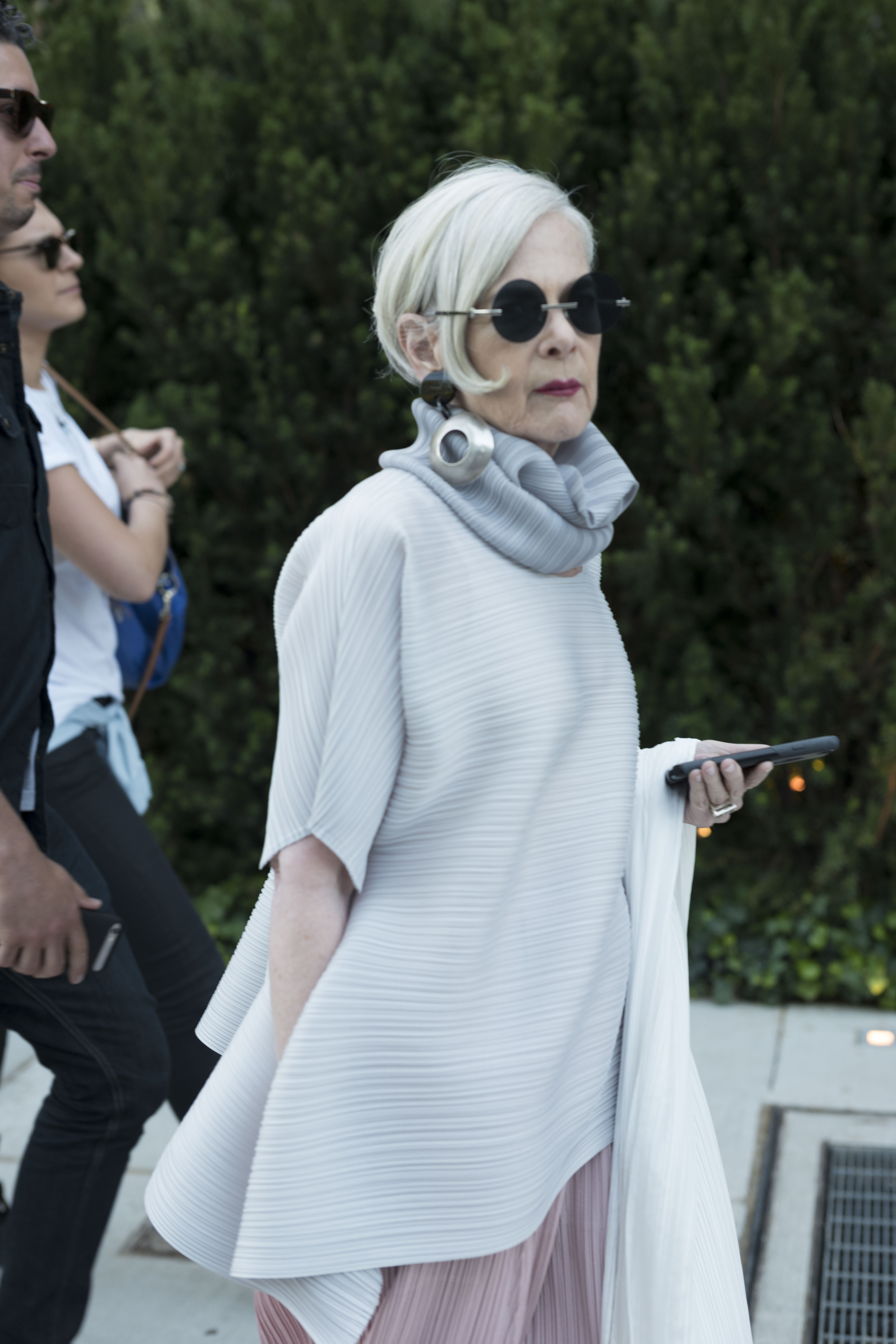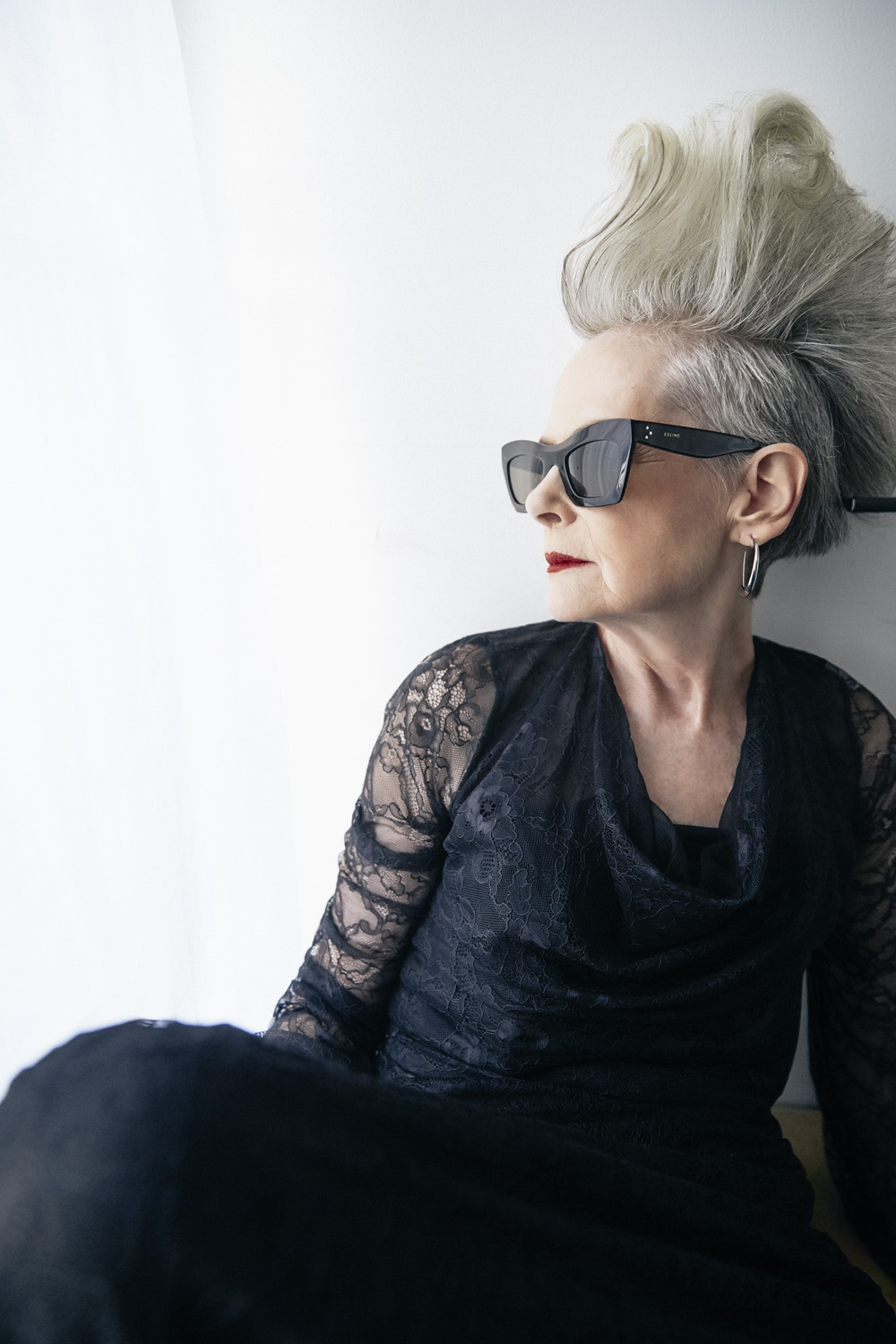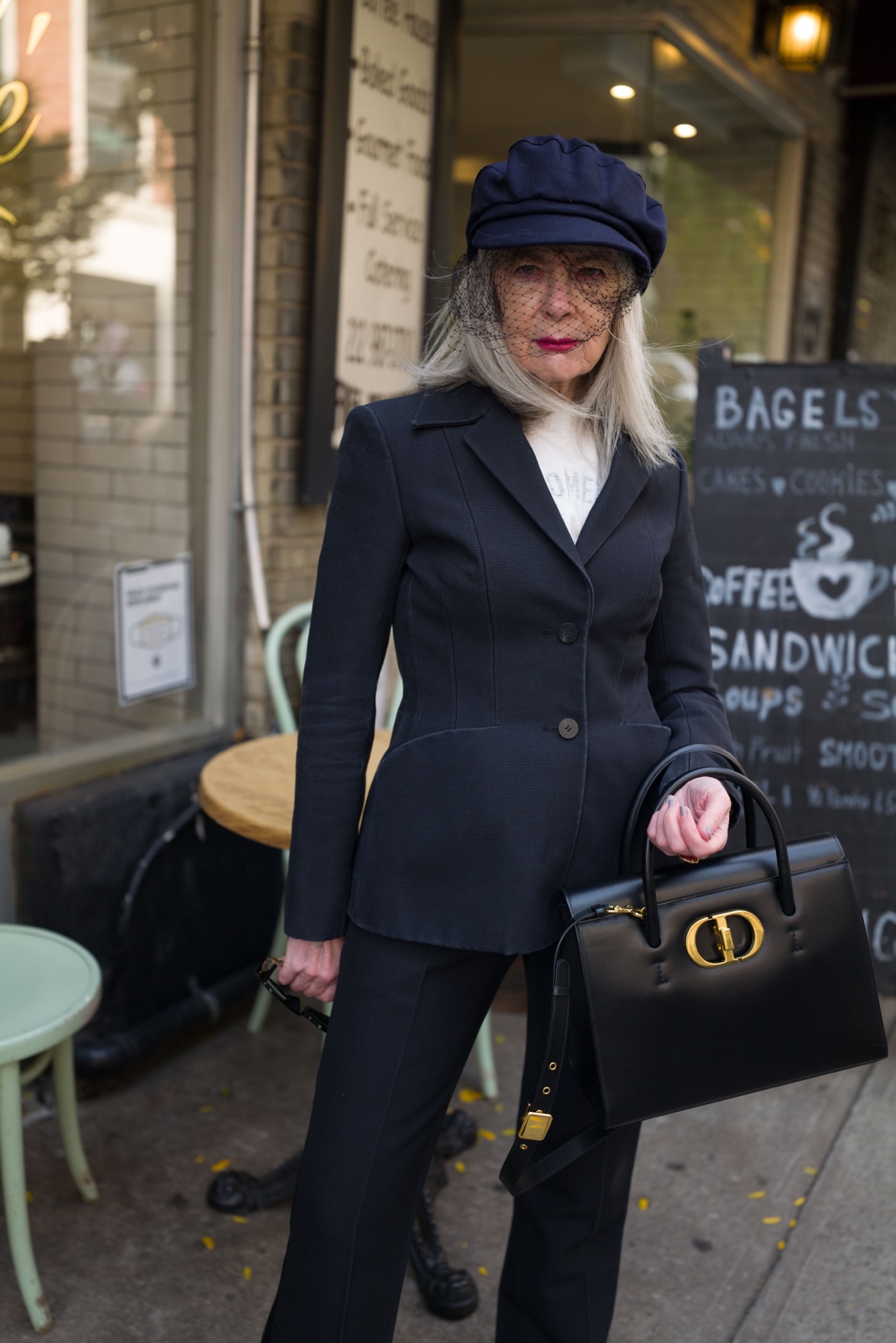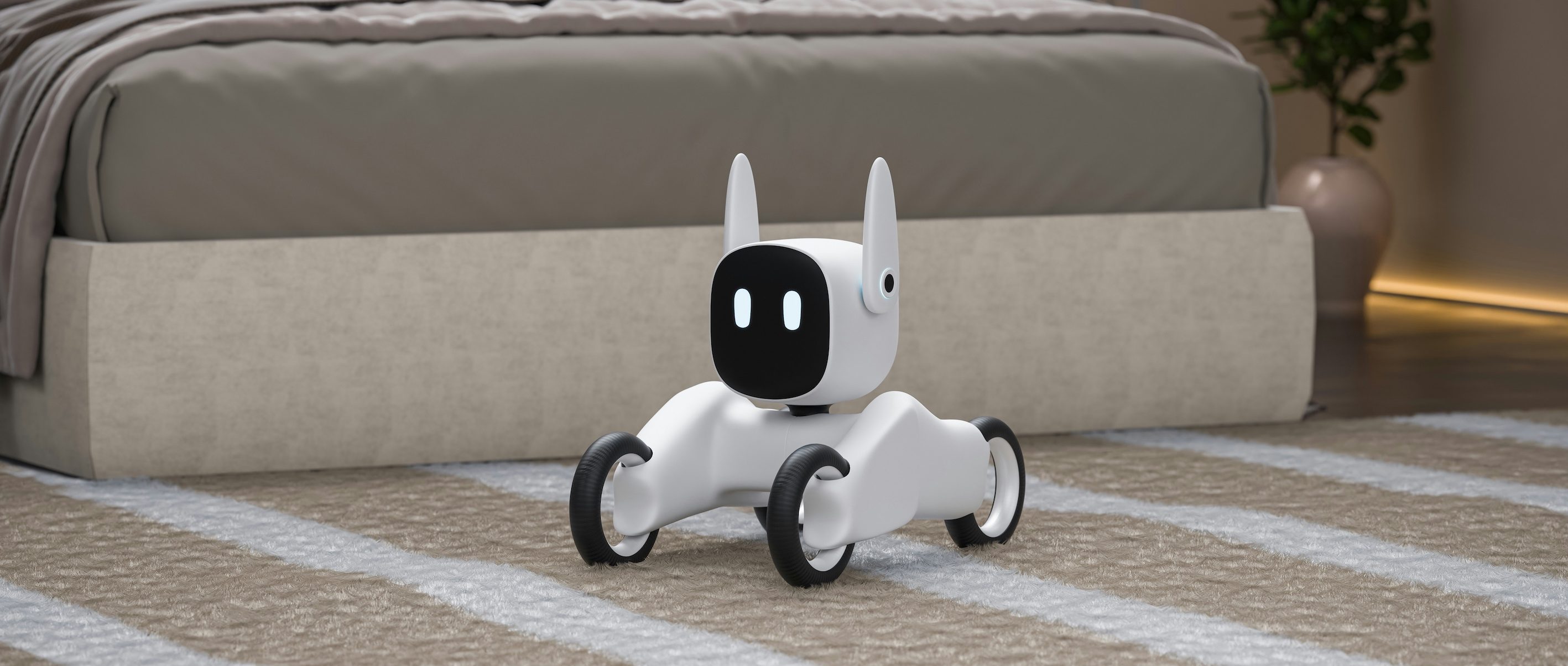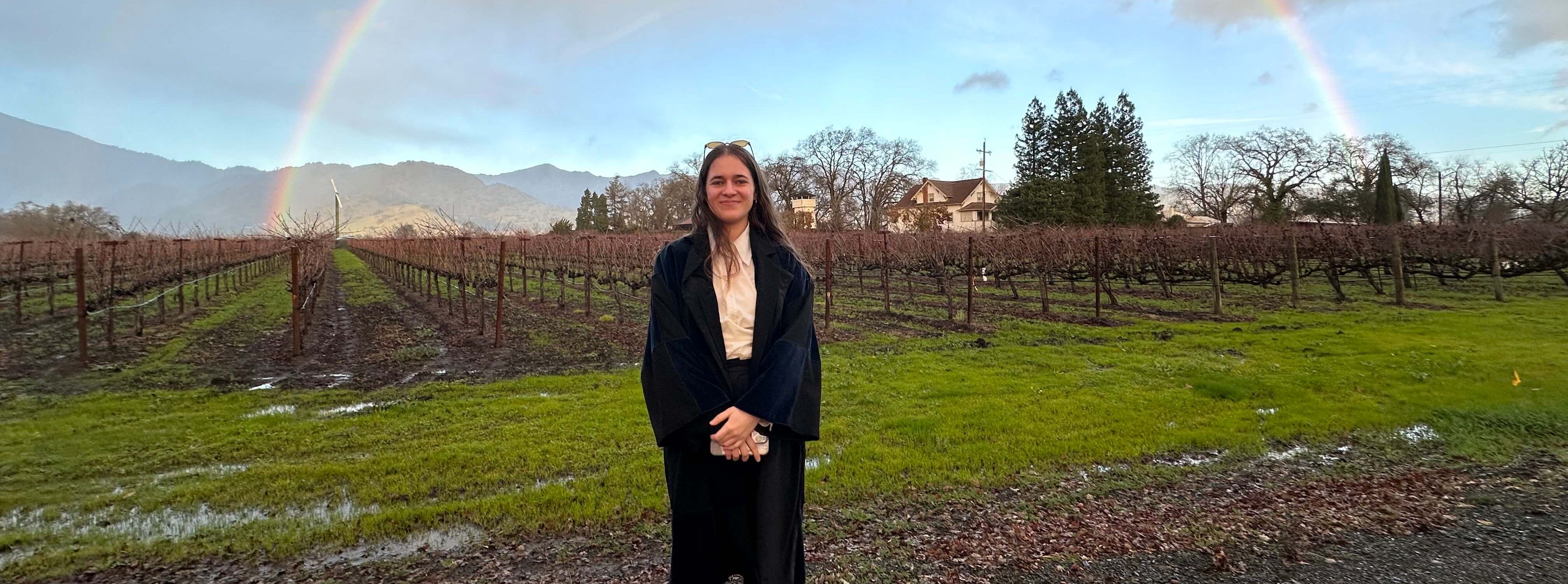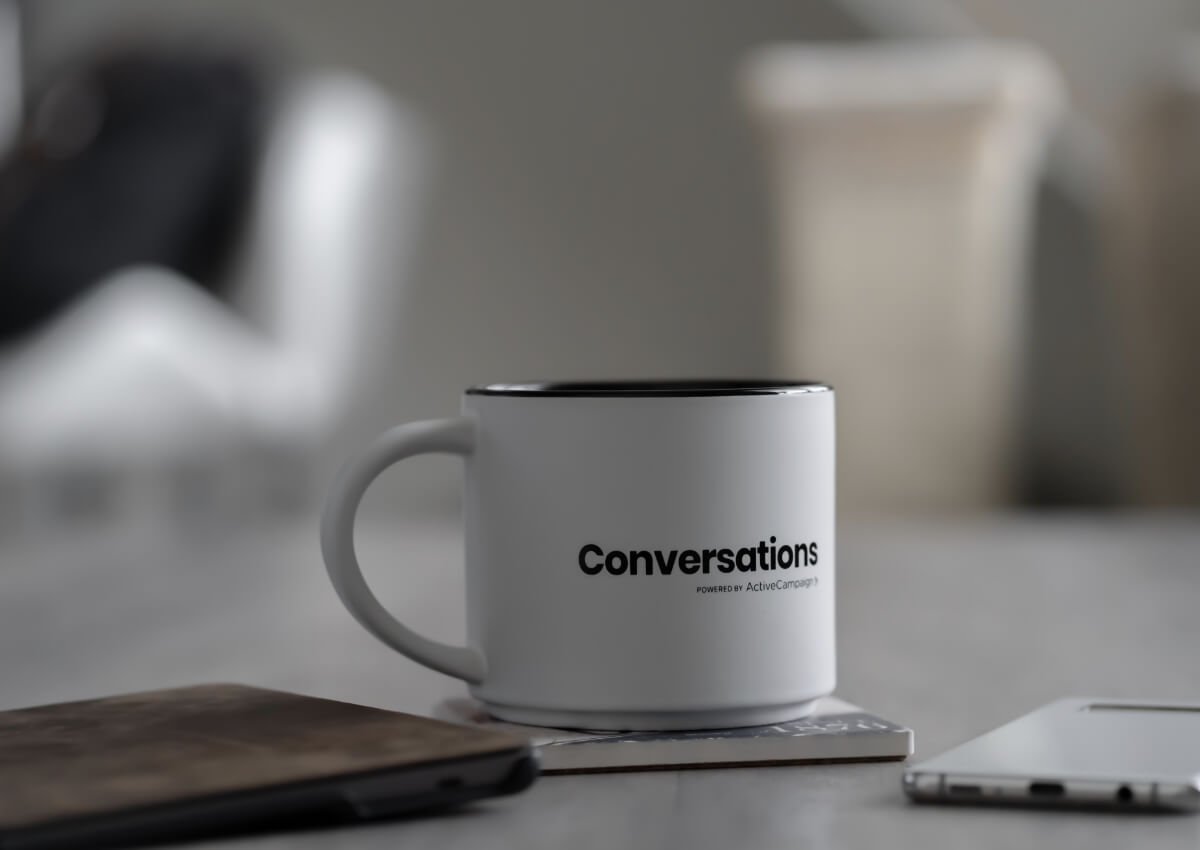Sometimes I’m asked before fashion week what I will wear or what style I prefer. When I hesitate, the person asking will offer up words like avant-garde, minimalist, punk, vintage or classic. My answer: none of the above. My style is an intuitive and experimental approach that encompasses the reality of my lived experiences and my history. I get inspired by fashion shows where designers have unique interpretations of our times or challenge norms. Like them, my style is not static, it constantly evolves, experiments and rebels, as I do.
From the time I was a small child, I used clothing to improvise and perform possible selves. I intuitively knew they could be a way to “try on” and experiment with unique identities. I would explore my mother’s closet or a trunk of linens to make outfits that would allow me to feel like the characters I admired from books and movies. With my makeshift wardrobe, I traveled to more adventurous places beyond my daily life. Clothing still transports me, as it always has.
Clothing becomes animated, authentic, and elegant when it truly expresses who we are; all of our past, present, and future selves.
When I am getting dressed for the shows, my body remembers all the ages I ever was. The design and style movements of the 60s-2000s that inspire fashion week collections also are muses that unconsciously provoke and find their way into what I decide to wear. While I am often asked to style others, I politely decline, because my approach to styling means we are the only ones who can style ourselves. Clothing becomes animated, authentic, and elegant when it truly expresses who we are; all of our past, present, and future selves.
The choices that manifest a personal style have the potential to break a boundary, reveal a context and tell a political story about the wearer. For this reason, those of us interested in writing different narratives or wish to create new visual representations about age, would do well to attend to what we decide to wear. As long as I believe my style evolves as I experience different contexts and situations, that it is not static but fluid, shaped by the environment, just like my body and brain, I am better able to experience and accept getting and being old as a process. A process that begins the moment we are conceived. One that offers endless opportunities for transformation and alteration, just like our clothes do. Many of us, throughout the different phases of life, shed old pieces of our identity and then, just as naturally, create new ones to replace what we have lost. We find ourselves changing clothes.
When you are old, as I am, getting dressed is an important act, as it serves to motivate us to remain socially engaged.
Identity and getting dressed are intimately linked. Putting on clothes is preparing ourselves to go out into the world. Our body does things in that world; travels, works, meets a friend for coffee or a lover for a kiss. We contribute to the community, we create, we imagine while wearing garments. Getting dressed is both an intimate gesture and a public one. When you are old, as I am, getting dressed is an important act, as it serves to motivate us to remain socially engaged. The colors and the texture of our clothes have the potential to engage and stimulate our senses. These sensory delights provided by our clothes bestows upon them the ability to boost dopamine, like chocolate or sex or other things that trigger a feeling of pleasure.
Clothing gives the opportunity to present ourselves as feminine, masculine, androgynous, our subjective age, our chronological age, or any other identity we may wish to privilege on a given day. It allows us to rebel and resist oppressive messages about who we are. When we are deciding what to wear, we are not just choosing clothes; we are also making choices about what we want others to know about us. Clothes can be an assertion of value, a repudiation of invisibility. Clothes can make us feel armored as we step out into a world that can be friendly or hostile and when we may wish to embrace invisibility and hide from a regulating gaze.
Clothing is intimately linked with all our past and present selves through all the ages we have been and are. As we are living our lives, we live them wearing clothes. They literally contain and hold for us our blood, sweat and tears. When I look at the clothes that hang in my closet, I am flooded with memories of all the places I wore them, who I was with, what I did, and how I felt. In clothes, we connect to other people and other places in complex and unrelenting ways. The garments that now remain in my closet are personal memoirs that hang on a rack ready to be pulled out and worn when I wish to remember. Memoirs that tell the truth of a life lived in clothes. As my hand pushes past each garment, I see outfits I wore to fashion weeks that are now part of my past. What I decide to wear this fashion week will become another chapter. This one is about who I am right now in this present moment and who I, as a woman growing older, might still aspire to be.
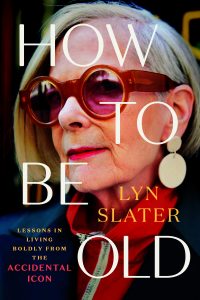

 &
& 

